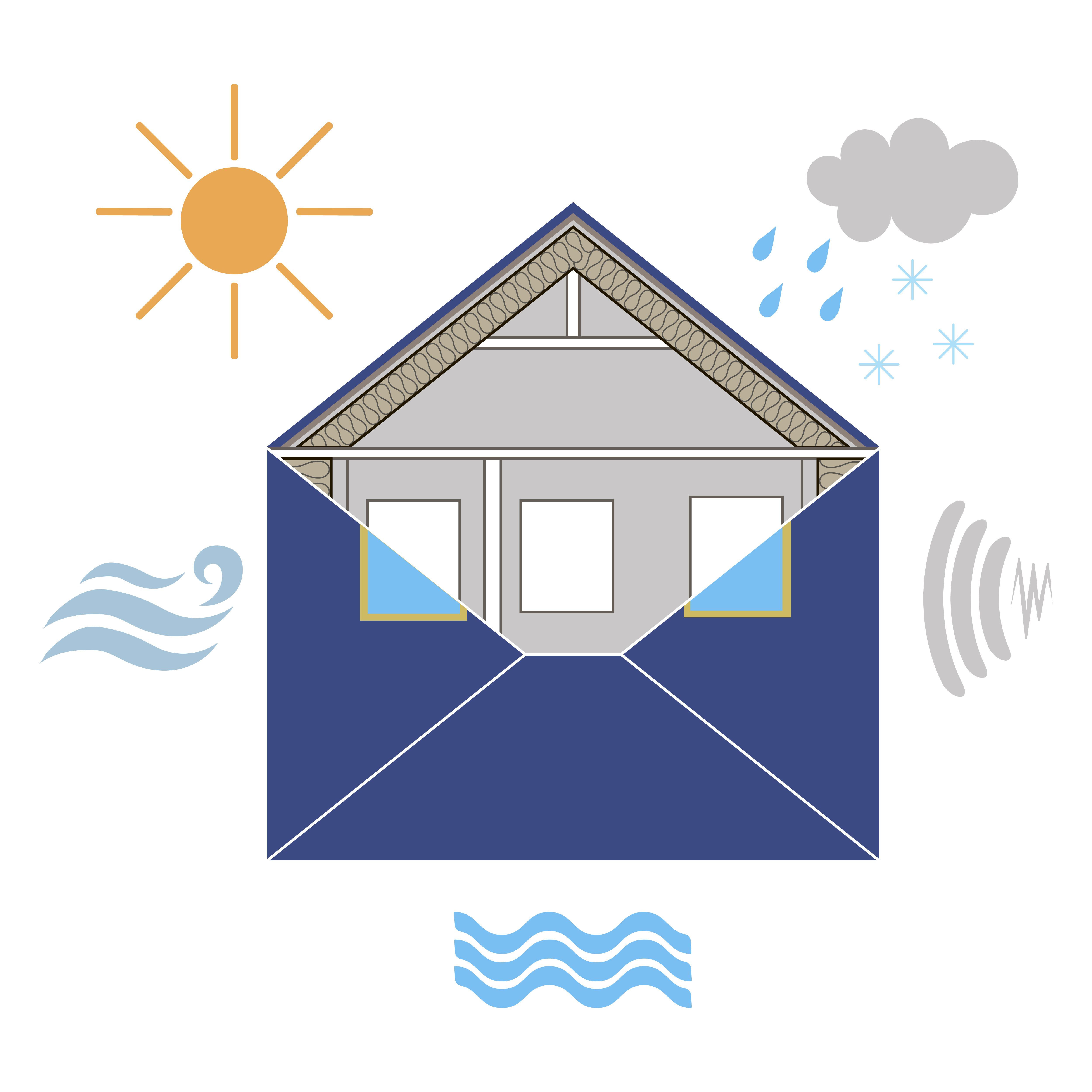

Limits use of the prescriptive siding attachment table based on wind speed, exposure category and mean roof height. Section R703.3 Nominal thickness and attachments.Adds the option to use wood structural panel sheathing to provide high-heel blocking and allows truss supplier to provide truss blocks without requiring engineer's stamp. Section R602.10.8.2 Connections to roof framing.Allows segments of continuously-sheathed portal frames to contribute more towards required bracing. Table R602.10.5 Minimum length of braced wall panels.Allows using the average of the two spaces between a braced wall line and the next adjacent braced wall line on each side as the spacing used to enter the wind table. Table R602.10.3 (1) Bracing requirements based on wind speed.In most cases, the minimum number of box nails previously required is increased by one. Changes the minimum fastener schedule and is significantly revised, including the addition of common nails and other nail types. Table R602.3 (1) Fastening schedule for structural members.Adds alternative to deck lateral connection. Section R507.2.4 Deck lateral load connection.Changes include new floor joist and beam span tables, allowable post sizes and other construction details. Revises the retaining wall definition and provision and requires a foundation wall to be supported at both the top and bottom prior to backfilling. The existing table of minimum footing widths, Table R403.1, is replaced with a new, expanded, engineering-based table that reduces the minimum footing width for many common one- and two-story dwelling foundations. This change adds 23/32 wood structural panels as an acceptable alternative for thermal barrier protection. It also introduces exceptions from requiring carbon monoxide detectors, based on the same exceptions found under smoke alarms. This change is a complete rewrite of the section to match the format for smoke alarms. This change includes clarification when an emergency escape and rescue opening is required in existing dwellings and additions. R310.6 Alterations or repairs of existing basements.

#IRC 2015 WINDOWS#
This change limits the requirement for glazing at the bottom of a landing by excluding windows greater than 180 degrees from the bottom face of the landing.
#IRC 2015 DOWNLOAD#
Download the report 2015 ICC Model Codes: Summary of Important Changes for more details. – 21″ clearance in front of toilet and sink (can overlap)Įach dwelling unit shall be provided with a kitchen area and every kitchen area shall be provided with a sink.In collaboration with the National Multifamily Housing Council, National Apartment Association and BOMA International, NAHB released a report regarding the significant changes to the 2015 ICC model codes. Portions of a room with a sloping ceiling measuring less than 5 feet (1524 mm) or a furred ceiling measuring less than 7 feet (2134 mm) from the finished floor to the finished ceiling shall not be considered as contributing to the minimum required habitable area for that room.Įvery dwelling unit shall be provided with a water closet, lavatory, and a bathtub or shower.īathroom fixtures shall be spaced in accordance with Figure R307.1

Habitable rooms shall not be less than 7 feet (2134 mm) in any horizontal dimension. Other habitable rooms shall have a floor area of not less than 70 square feet (6.5 m2). while meeting minimum spacing requirements.”
#IRC 2015 PLUS#
with sleeping area and kitchen, plus a bathroom as small as 18 sq. So I believe it could be legitimately argued that a minimum legal area by 2015 IRC standards could be as small as one habitable room of 70 sq. “I find no requirement that the sleeping area or kitchen must be in separate rooms, and instead could be combined in a studio arrangement. On Tent City Urbanism, Andrew Heben shares the prototype design of the Emerald Village tiny house and describes how it will meet current building codes.


 0 kommentar(er)
0 kommentar(er)
